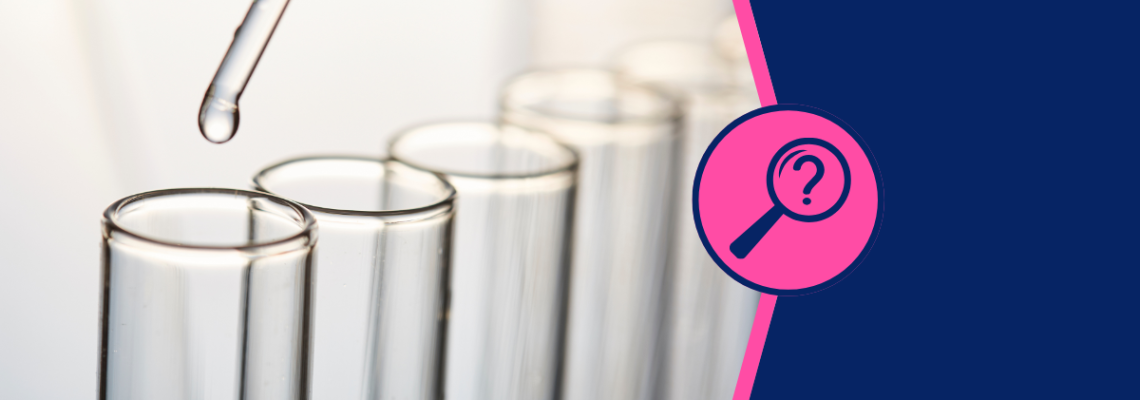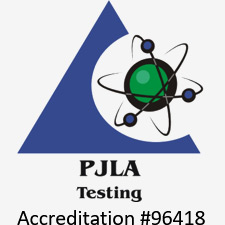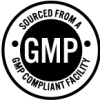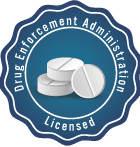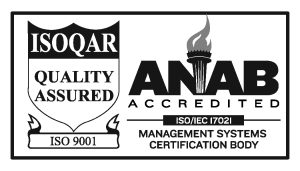Trace-level contaminants may be invisible, but the risks they pose to product safety and patient health are serious. Whether it’s toxic metals originating in the manufacturing process or volatile compounds migrating from packaging, each type of threat requires a purpose-built testing method that reflects its origin, behavior, and risk profile. Elemental impurities testing and extractables and leachables (E&L) testing help detect and control these distinct risks, safeguarding product purity, regulatory compliance, and patient safety across the product lifecycle. Although both are intended to help mitigate risks to safety, they approach the problem from different angles, governed by distinct scopes, methodologies, and regulatory considerations.
What Is Elemental Impurities Testing and E&L Testing?
Both elemental impurities testing and E&L testing are key to managing chemical risks throughout a product’s lifecycle. Elemental impurities testing targets trace metals introduced during manufacturing, often from raw materials, catalysts, or equipment. E&L testing focuses on compounds that can migrate into the drug product from packaging or device components during storage or use. Together, they provide a well-coordinated safety net, helping detect, evaluate, and control contaminants before they can affect product performance or patient health.
The Distinctions Between Elemental Impurities and E&L Testing
Scope of Testing
Elemental impurities testing focuses exclusively on inorganic contaminants, particularly metals categorized under Class 1 – Class 3 in ICH Q3D. This includes toxic elements such as arsenic, lead, mercury, cadmium, and palladium. E&L testing encompasses a much wider chemical range, identifying organic compounds such as plasticizers, stabilizers, antioxidants, and oligomers, along with selected inorganic substances that may migrate from packaging or device components into the product.
Purpose and Risk Assessment
The primary goal of elemental impurities testing is to prevent systemic toxicity by keeping trace metal concentrations within established safety limits. Risk is evaluated using a quantitative model based on predefined exposure thresholds. On the other hand, E&L testing assesses the safety of packaging and delivery components through identifying chemicals that might migrate into the product. It often involves qualitative analysis and professional judgment, particularly when unexpected or previously uncharacterized substances are present, as safety cannot always be determined using fixed numerical limits alone.
Sources of Impurities
In elemental impurities testing, metal contamination is often traced to residual catalysts, contact with manufacturing equipment, or impurities in raw materials. Environmental inputs like water and dust may also contribute. Alternatively, E&L testing evaluates risks that emerge post-manufacture. Packaging elements such as closures, tubing, and films can interact with the product and gradually release substances, especially under stress or extended storage. Comprehending and monitoring these interactions is essential for maintaining long-term product integrity.
Analytical Techniques
Laboratories use ICP-MS and ICP-OES to measure the trace metals targeted during elemental impurities testing, due to their high sensitivity and accuracy. E&L testing, which demands a more diverse analytical approach, relies on GC-MS for volatiles, LC-MS for semi-volatiles and non-volatiles, and FTIR to help identify unknowns.
Testing Conditions
Rather than stress-test conditions, elemental impurities testing typically takes place under controlled lab environments and focuses on the finished drug product or, within some cases, the individual raw ingredients. In contrast, E&L testing unfolds in two distinct stages. First, extractables studies use aggressive solvents and elevated temperatures to simulate extreme conditions. Then, leachables studies examine how compounds migrate under realistic storage or usage scenarios, including prolonged shelf life or elevated humidity. When used in combination, E&L studies offer a detailed picture of how packaging materials can affect product safety throughout its shelf life.
Regulatory Frameworks
ICH Q3D and USP <232>/<233> regulate elemental impurities testing by defining element classifications, testing procedures, and limits based on administration routes. USP <1663> and <1664> outline the key requirements for E&L testing, setting expectations regarding thorough chemical assessments. This level of scrutiny in E&L testing is particularly important for products administered through injection or inhalation, where patient exposure is direct and even minimal contamination can pose significant risks.
Supporting Product Integrity with Complementary Testing Methods
Elemental impurities testing and E&L testing are not interchangeable. Each addresses a specific aspect of chemical safety, with one targeting trace metals introduced during manufacturing and the other monitoring substances that migrate from packaging. Despite their differences, they contribute to a broader safety framework. By incorporating them into a single quality strategy, elemental impurities testing and E&L testing enhance contamination control, support regulatory adherence, and help preserve the integrity of pharmaceutical products.
Elevating Contaminant Testing with Jordi Labs
Jordi Labs provides elemental impurities testing and E&L testing tailored to the practical demands of pharmaceutical and medical device development. Our elemental analysis testing focuses on trace metals introduced during manufacturing, while our extractables and leachables testing evaluates how packaging materials may interact with a product over time. Both services are designed to generate data that supports formulation decisions, packaging selection, and regulatory submissions. Connect with our team today to find out how we can support your next stage of product advancement through our testing services.

